
ESA to fund world's first space debris removal mission
by Brooks HaysDec. 9 (UPI) -- The European Space Agency has agreed to fund a mission to remove a piece of space debris -- the first of its kind -- as part of the agency's new Space Safety program.
The mission, announced Monday, will be executed by a consortium of aerospace companies, led by the Swiss startup Clearspace, which was founded by a group of space debris researchers working at the Ecole Polytechnique Fédérale de Lausanne research institute, EPFL.
ESA expects the mission to launch in 2025.
"This is the right time for such a mission," Luc Piguet, founder and CEO of ClearSpace, said in a news update from ESA. "The space debris issue is more pressing than ever before. Today we have nearly 2,000 live satellites in space and more than 3,000 failed ones."
Currently, scientists with the U.S. military and space agencies around the globe use tracking data and probability models to help active government-owned and private satellites avoid pieces of junk. But the problem of space debris is getting worse.
The growth of the private space industry and the shrinking of satellite technology has made it cheaper and easier to launch a satellite than ever before. Every year, hundreds of new satellites are sent into space.
Many experts predict low Earth orbit will eventually become so crowded that more interventionist methods will be necessary -- in other words, debris removal.
To demonstrate the feasibility of space debris removal, engineers with the ClearSpace-1 mission will launch a four-armed robotic junk collector to retrieve Vespa, a small satellite launched by ESA in 2013. Vespa, though defunct, remains in orbit around Earth at a distance of 497 miles.
At a meeting held in Seville, Spain, at the end of November, ESA leaders agreed that the growing problem of space junk required action.
"Imagine how dangerous sailing the high seas would be if all the ships ever lost in history were still drifting on top of the water," said ESA Director General Jan Wörner. "That is the current situation in orbit, and it cannot be allowed to continue. ESA's Member States have given their strong support to this new mission, which also points the way forward to essential new commercial services in the future."
Space agencies, aerospace companies and a variety of research institutions continue to work to improve guidelines for space launches in order minimize the impacts of new satellites and spacecraft on low Earth orbit congestion.
But even if all launches were called off today, low Earth orbit will continue to get increasingly dangerous for active satellites. When pieces of debris collide and break apart, the shrapnel scatters and increases the odds of future collisions -- a cascading effect.
Data collected by the U.S. government shows congestion in low Earth orbit gets worse every day.
"We're at a tipping point right now," John Crassidis, a professor of mechanical and aerospace engineering at the University of Buffalo, told UPI earlier this year.
Some space junk experts suggest low Earth orbit, LEO, could become overwhelmed by space debris within 50 years.
Once the ClearSpace-1 mission probe grabs Vespa, it will fall back into Earth's atmosphere and burn up. Such a technique for debris removal isn't economically sustainable. Experts hope future cleanup probes will be able to grab a piece of junk, deposit into the atmosphere and continue on to collect more debris.
(0) Leave a comment
upi.com/6965064
Latest Headlines

Science News // 10 hours ago
Giant waves in the jet stream threaten global food production
Dec. 9 (UPI) -- Unique atmospheric wave patterns in the jet stream increase the odds of multiple global heatwaves happening at once, threatening global food security, according to a new study.
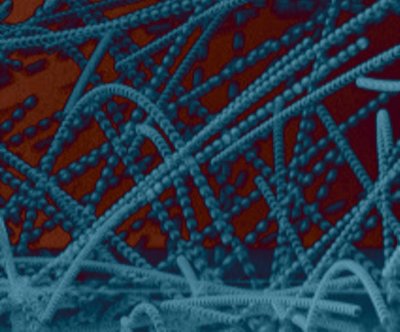
Science News // 11 hours ago
Scientists figure out how accumulating dust particles become planets
Dec. 9 (UPI) -- Scientists have developed a working theory for how small clumps of dust become big balls of debris and begin to form young planets.

Science News // 17 hours ago
Russian cargo ship docks at International Space Station
Dec. 9 (UPI) -- The International Space Station is running out of docking ports. Russia's Progress 74 cargo ship, which linked up with ISS early Monday morning, is one of five craft attached to the space station.
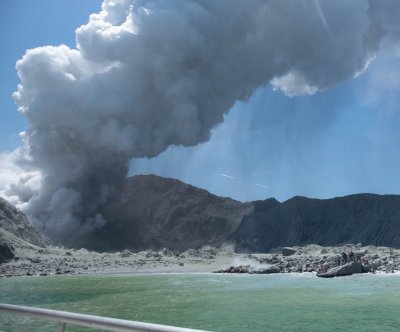
Science News // 18 hours ago
Steam-driven volcanic eruptions difficult to predict, poorly understood
Dec. 9 (UPI) -- The hydrothermal eruption at White Island in New Zealand was short-lived but produced an ash plume that rose nearly two miles above the vent, and there is a high chance for more, smaller eruptions as it re-equilibrates.
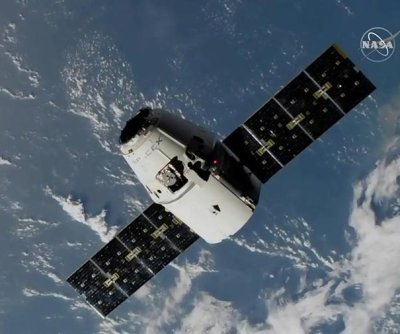
Science News // 1 day ago
SpaceX Dragon docks with International Space Station
Dec. 8 (UPI) -- The SpaceX Dragon cargo spacecraft containing 5,700 pounds of cargo arrived at the International Space Station on Sunday morning.
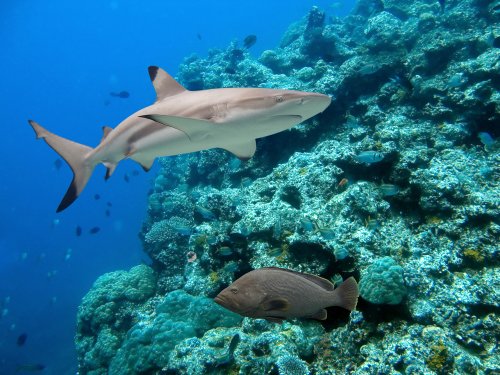
Science News // 2 days ago
Report: Oceans losing oxygen at rapid rate due to climate change, pollution
Dec. 7 (UPI) -- The world's oceans are running out of oxygen, threatening many species of fish, says a new report from the conservation group IUCN.
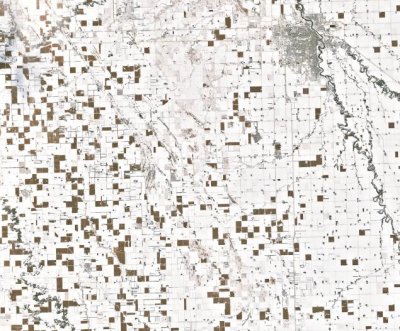
Science News // 3 days ago
Checkerboard of unharvested corn in snowy North Dakota seen in NASA image
Dec. 6 (UPI) -- NASA's Landsat 7 satellite revealed a unique checkerboard-like pattern of unharvested corn across South Dakota caused by a combination of weather and agricultural phenomena.
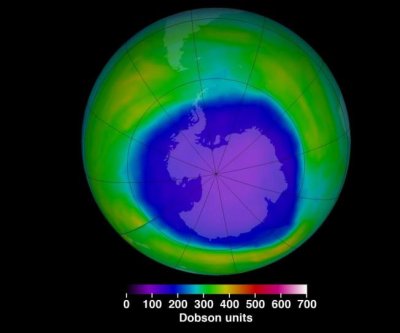
Science News // 3 days ago
Healing the ozone layer helped slow global warming
Dec. 6 (UPI) -- New research suggests the Montreal Protocol helped slow global warming. Chlorofluorocarbons, a class of chemicals that destroy the ozone layer, are also greenhouse gases.
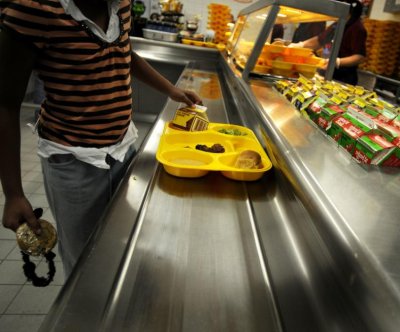
Science News // 3 days ago
School cafeterias waste 530K tons of food per year
Dec. 6 (UPI) -- A new study by the World Wildlife Fund suggests schools in the United States are generating hundreds of thousands of tons of post-service food waste every year.

Science News // 3 days ago
Resilient, opportunistic plants are most invasive threat, study shows
Dec. 6 (UPI) -- Previously, scientists thought plants with the fastest growth rates posed the greatest threat, but new research suggests plants that quickly rebound in the wake of disruption are most likely to invade foreign soil.